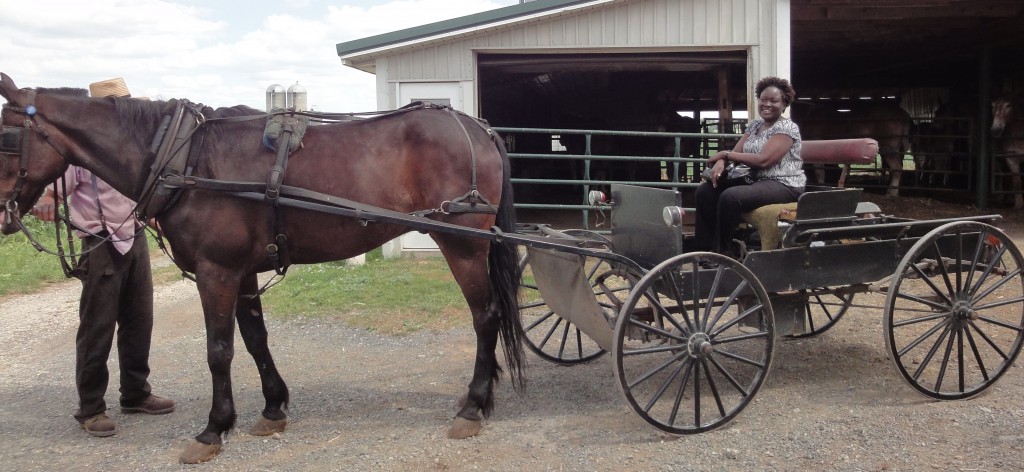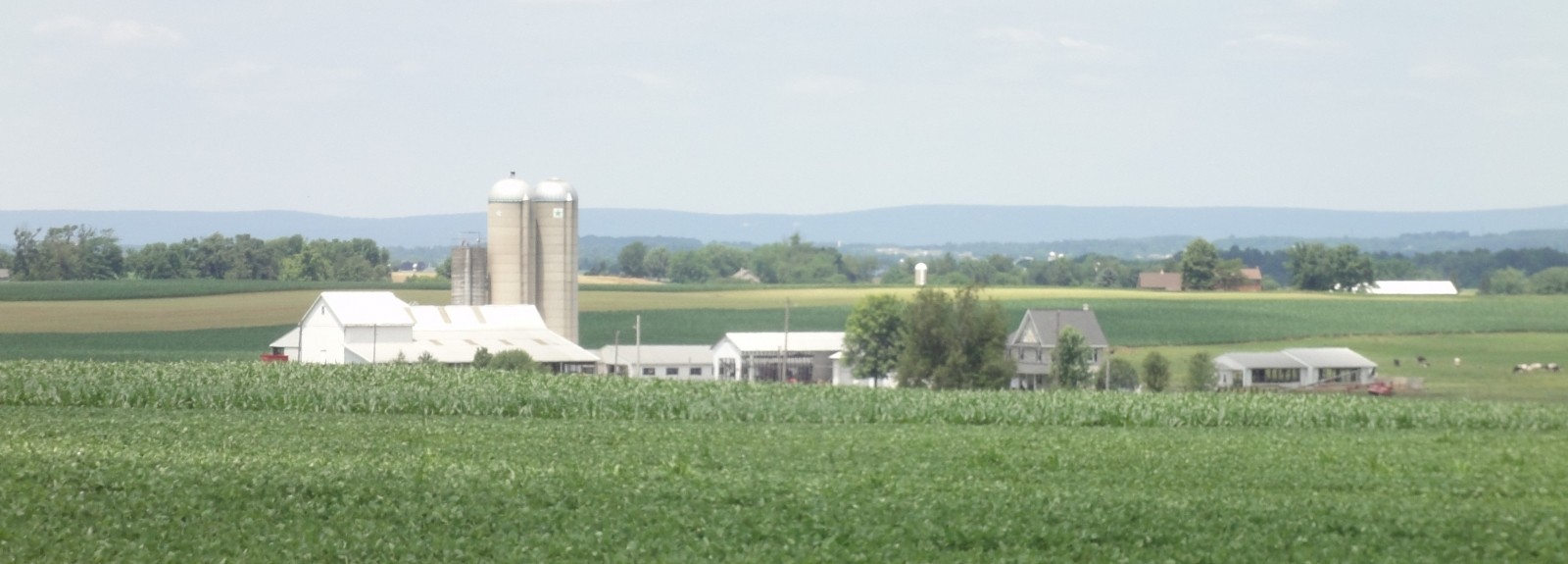In Africa, Lutheran World Relief spends a lot of time working with farmers. In most African countries the majority of people still make their living, or part of their living, from agriculture. If you want to end poverty, farming will be in that equation.
One of the exciting things about working in the field of agriculture is the extent to which learning, experimentation and innovation are part of the game. When I visit farms in Africa, the farmers are quick to tell me about new planting techniques they are testing and new crops they hope to try.
So when Evelyn Nassuna, LWR’s Uganda Country Director, was in the United States last week to attend an agricultural development conference, we took the opportunity to visit some U.S. farms. We wanted to hear what works for them and what advice they might have for African farmers. One of the farms was a conventional corn and dairy farm that’s been in my family for generations, the other an Amish farm that grows corn without the use of electricity or tractors.

Both of the farms we visited were around 100 acres in size, much larger than your average farm in Uganda, which is about two acres. Even the Amish farm used mechanical equipment more sophisticated than many African farmers can imagine. My cousins’ enclosed cab, air-conditioned tractor was a revelation unto itself.
But despite the obvious differences, there was still a lot to talk about.
Some people think the Amish never change but our host, Samuel Lapp, disagreed. Amish farming, he said, is always changing, because that’s the nature of farming.
Sammy’s been experimenting with a new planting technique called “no till” that he hopes will save labor and decrease erosion. In years past he would hook up his team of mules to machines that would disc, rake and turn the soil in his fields, working it into a fine sand before planting. Now he’s skipping all those steps and planting directly into the fields without disturbing the surface. The left over vegetation from the year before stays in the field to break down and enrich the soil.
My cousins were less enthusiastic about “no till.” But it is something they think about and are watching Sammy’s farm next door to see how things go. Evelyn is thinking about it too because some of the farmers in Uganda have expressed interest in experimenting with similar techniques.
Not all famers will use the same methods or make the same decisions, but growing food, no matter where you are in the world, requires learning, experimentation and innovation. That’s part of the challenge and part of the fun.
Are you growing food, either in a field or a garden? What are the challenges? What promising innovations have you discovered? What “game-changers” do you see on the horizon?



